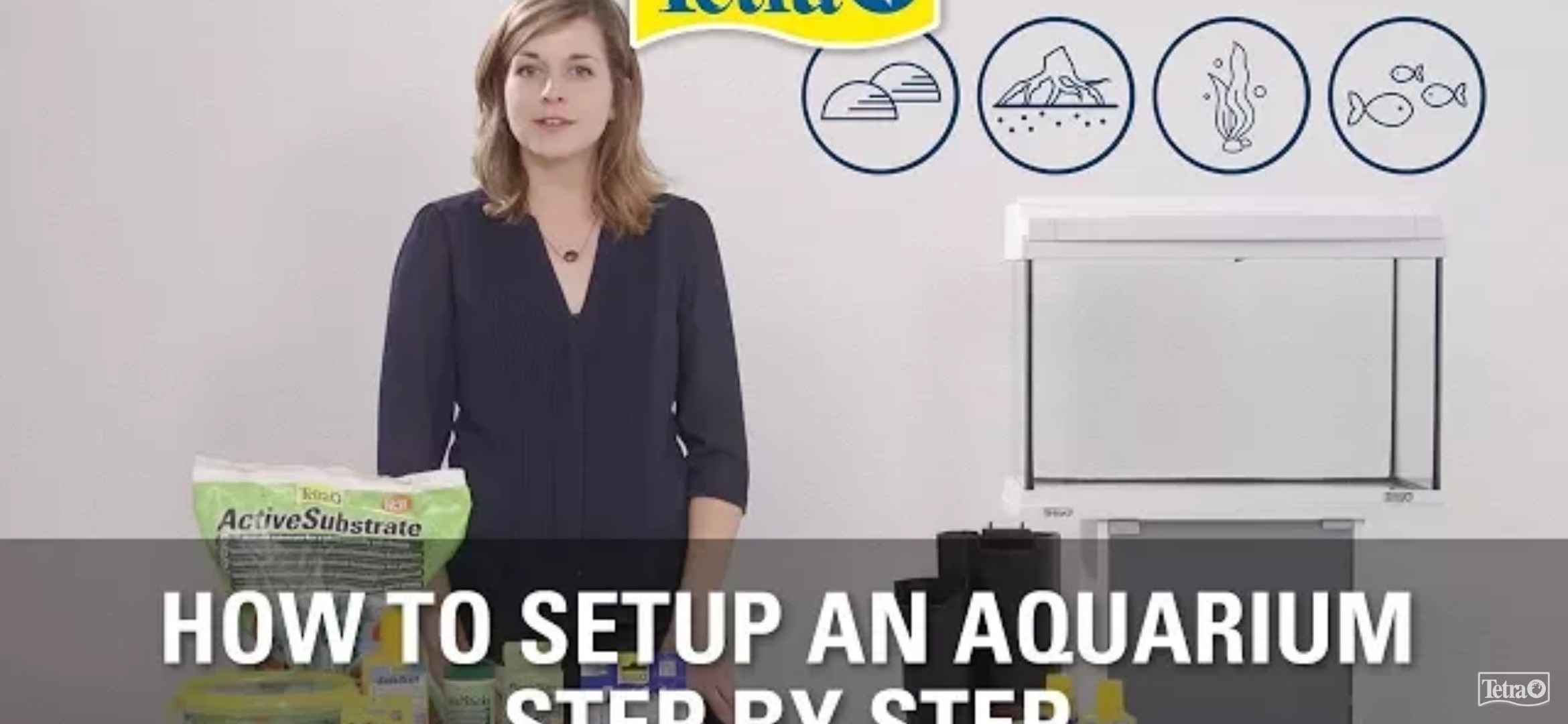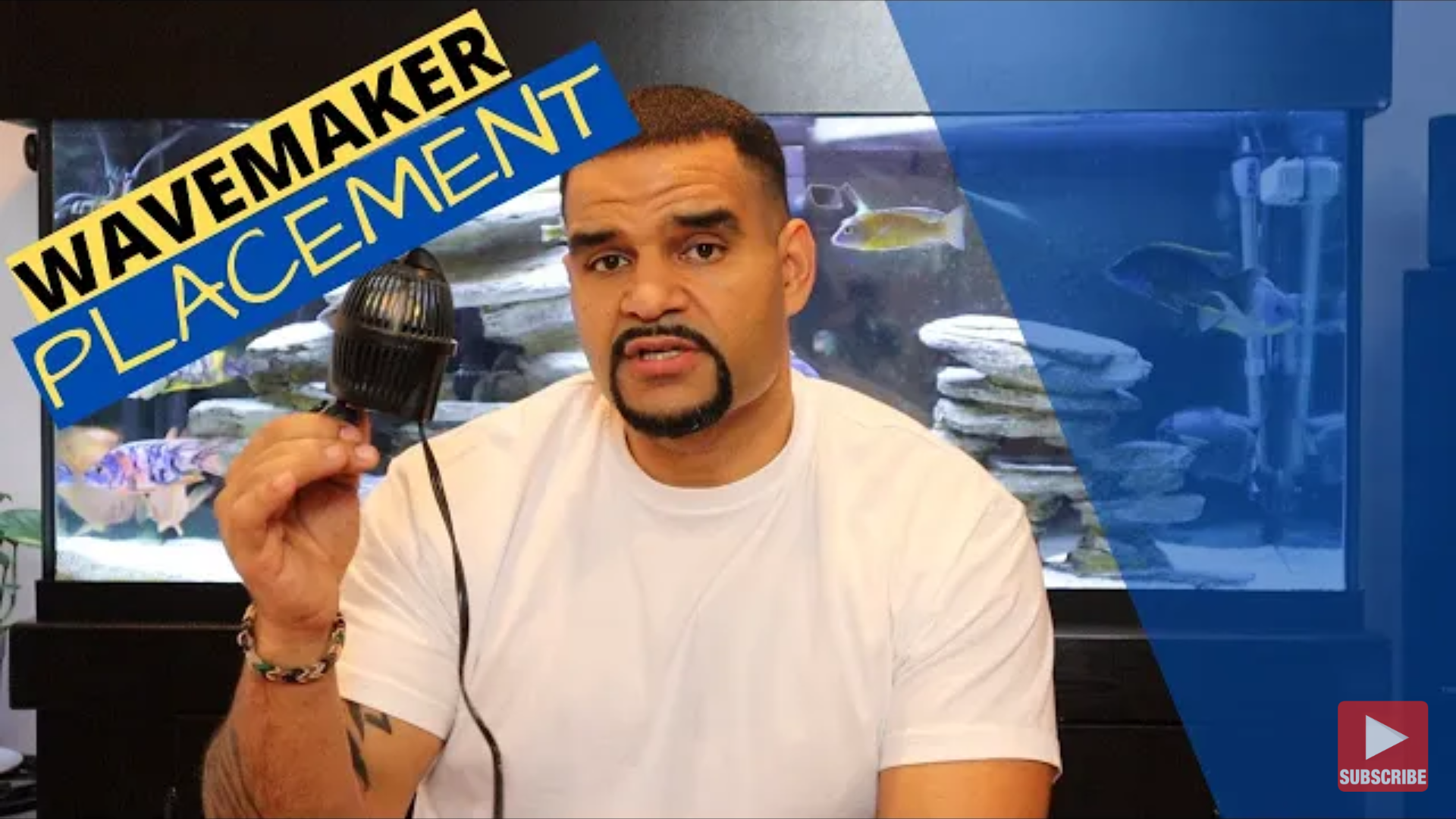10 steps to set up aquarium like a professional
- Jan 29, 2021
- Anshika Mishra
- 436 0 0

Just starting with an aquarium hobby and don't exactly know how to set up an aquarium like a pro? Don't worry down; below is a follow-along guide of setting up your aquarium in 10 simple steps:
1. Select the best location
First of all, you need to find the best place for your aquarium and your home. It is essential to find a flat, stable, and horizontal tank that will be able to bear the weight of your aquarium. Furthermore, it would help if you did not place it in direct sunlight since sunlight can promote exponential algae growth.
For convenience, choose the location to be near electrical sockets to plug in the technical equipment, also make sure that these sockets are protected from any water splashes.
After choosing the perfect location, choose a stable aquarium cabinet to keep the aquarium's weight in mind. Finally, it would help if you cleaned the inside of the aquarium with clear water before beginning.
2. Equipment Check
You will need a lot of equipment to provide the best environment and living condition to your fishes, and you will need:
- Filter
- Heater
- Water Conditioner
- Water stabilizer
- Fish Food
- LED light
- Aquarium Substrate
- Aquarium starter
- The nutrient base for your plants
- Fertilizer for your plant
- A water-tester
- Decorative elements like stones, roots, and different plant
- Last but not least you will need your fishes
- Finally, you can also have buckets to have the water.
3. Ground Substrate
A substrate is essential for your plants to take root and grow. So, if you plan to have live aquarium plants, you will have to fill the bottom of the tank with a good quality substrate to help your plants grow fast and develop healthy roots.
If you want, you can further cover the gravel with washed gravel, but it is entirely optional. But before putting the stone in the tank, you will have to clean the gravel properly to remove and dirt.
While filling the substrate, you should stake the substrate higher in your aquarium's backstage area as it helps to highlight the decoration in the rear room.
4. Install filter and heater
Now is the time to mount the filter and the heater. The filter is essential for a healthy aquarium life as it cleans the water and ensures the biological degradation of harmful fish waste. Filteration is an ongoing process; you should change the filter cartridge every four weeks.
You should also add a heater to the aquarium because it will warm the water and ensure that it remains constant. Most tropical aquarium fish require a water temperature of between 24-27 degrees Celcius, and it may vary from fish to fish.
But please do not switch on the filter and the heater just yet.
5. Fill in water
Now is the time to fill the aquarium with water, but before filling the water in, please always remember to treat it with a water conditioner. The tap water may contain substances that are harmful to fish, like chlorine or heavy metals.
If you place a dish in the aquarium and pour the water on it, the gravel would not be stirred around, and the water will remain clear. Fill the aquarium with buckets of tap water at room temperature. But for the first time, only fill half of the aquarium as it will help you decorate the aquarium.
6. Decorate your aquarium
Your aquarium can now be decorated with suitable stones and roots. Before inserting the decoration, you should carefully clean the sources with boiling water and only use elements that do not affect the water quality.
When planning the decoration, keep in mind to leave your fish enough space to swim.
7. Insert Plants
If you have planned to have planted tanks, then now is the time to add them. Before starting to put in your plants, it is advisable to clean them carefully with lukewarm water. Trim roots that may be too long and damaged leaves. Remove plastics and, if applicable, weights from the sources.
Then, while choosing a place for your plant, consider planting large plants in the aquarium's backstage area and small plans in the aquarium's front room. This makes it easier for you to watch the fish. To finally fertilize your fish right from the beginning.
When all the plants are planted, and you have found a suitable place for all your decorative elements, you can finish filling your aquarium with water and switch on the heater, the light, and the filter.
8. Create Biologically Active Environment
It is essential to create a biologically active environment because it will help develop beneficial bacteria that need to grow in the ecosystem to remove harmful substances like ammonia and nitrate. Usually, this process needs up to four weeks. To speed up the process, you can use artificial bacterias available in the market.
9. Test water and release the fish
Finally, before adding fish to the aquarium, you need to test your aquarium's water values. To test the water, you can use the test kit. If the values are okay, you can start to introduce fish to your aquarium step by step.
To prevent the fish from getting stressed first place the transpiration bag in the aquarium, wait for 10-minutes, and give the water in the bag sometime to adjust to the aquarium's temperature. Then open the bad, open some aquarium water into it, repeat this process 2 or 3 times at a five-minute interval.
Now you can release all the fish in your aquarium.
10. Care for your new ecosystem
Once your fish has gotten accustomed to their new aquarium, you can feed them with fish food depending upon the fish you have chosen.
Feed your fish several times a day and give them small portions only as much as they can entirely consume within a few minutes. It is essential to avoid overfeeding as this pollutes the water and could lead to lousy water parameters.
To keep your aquarium healthy, you should change one-third of your aquarium water every four weeks and fill in freshwater.
Finally, it is all done, and now you can enjoy the underwater world you have created whenever you want.






About author